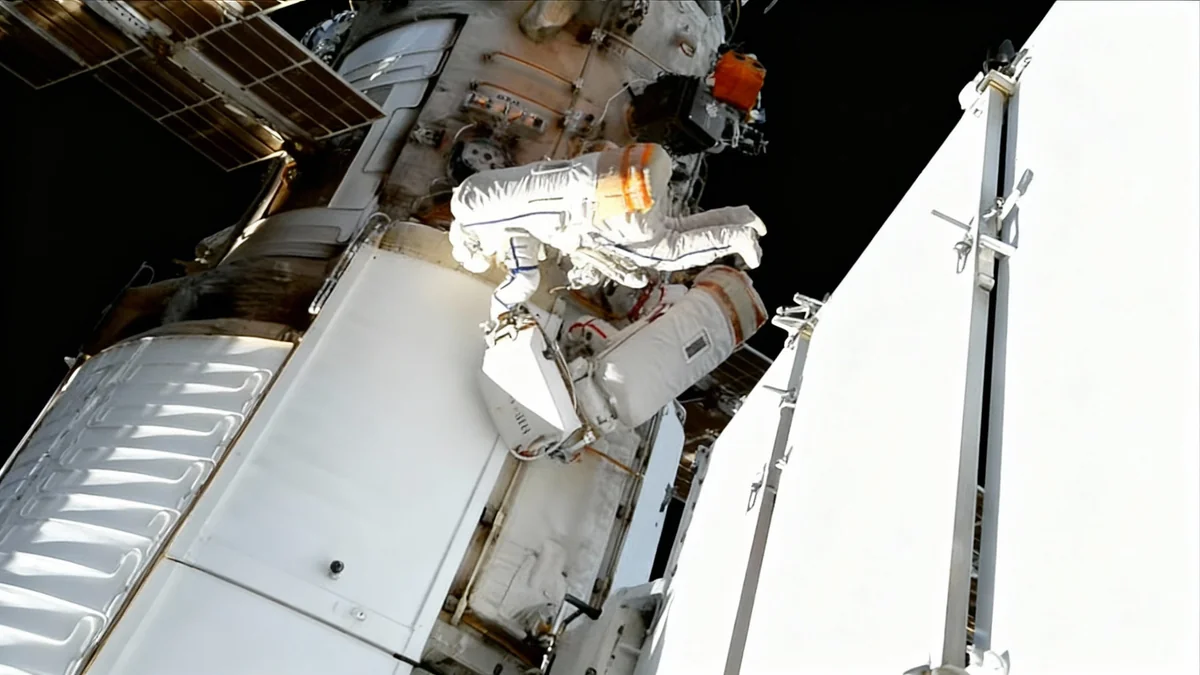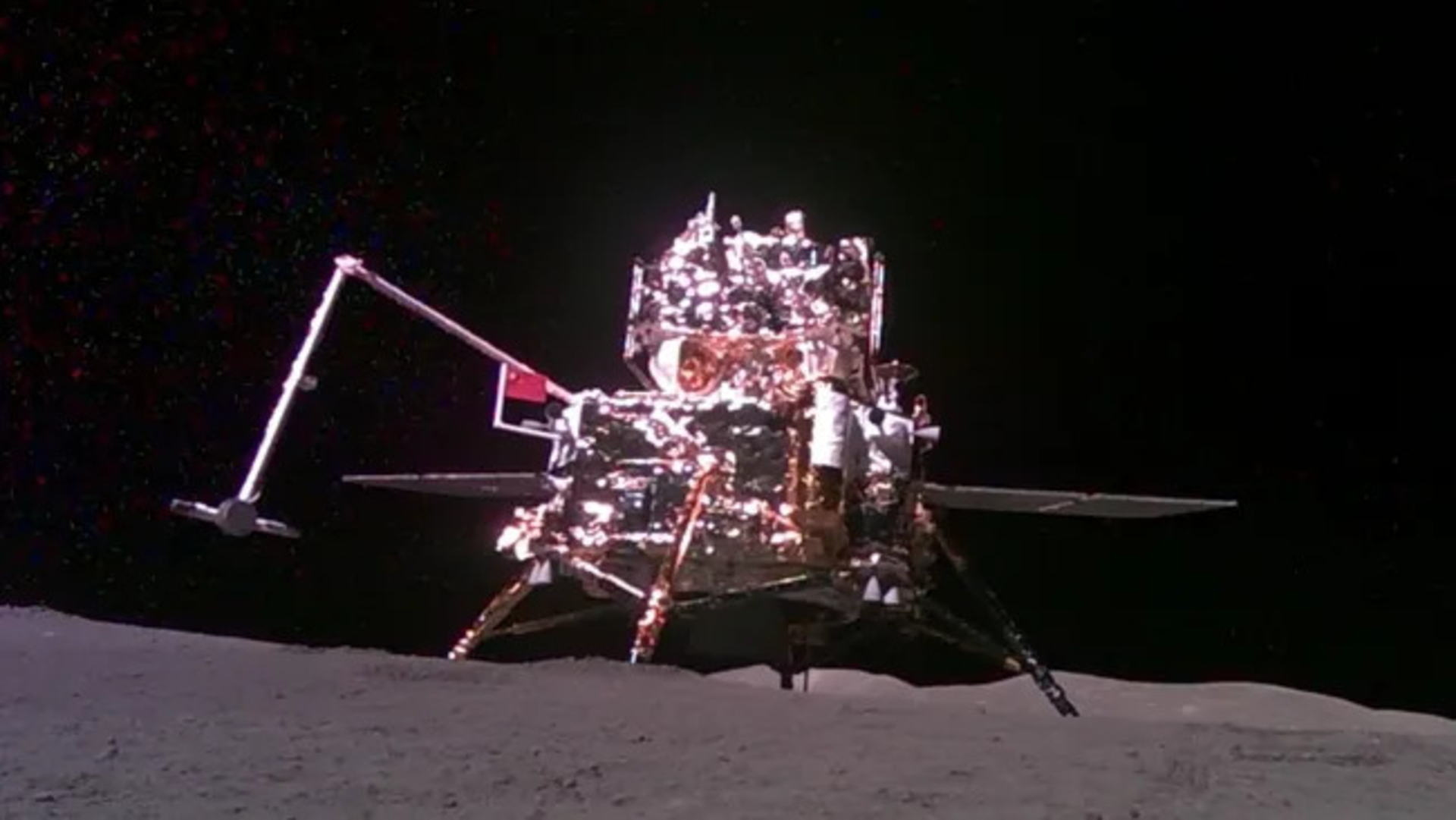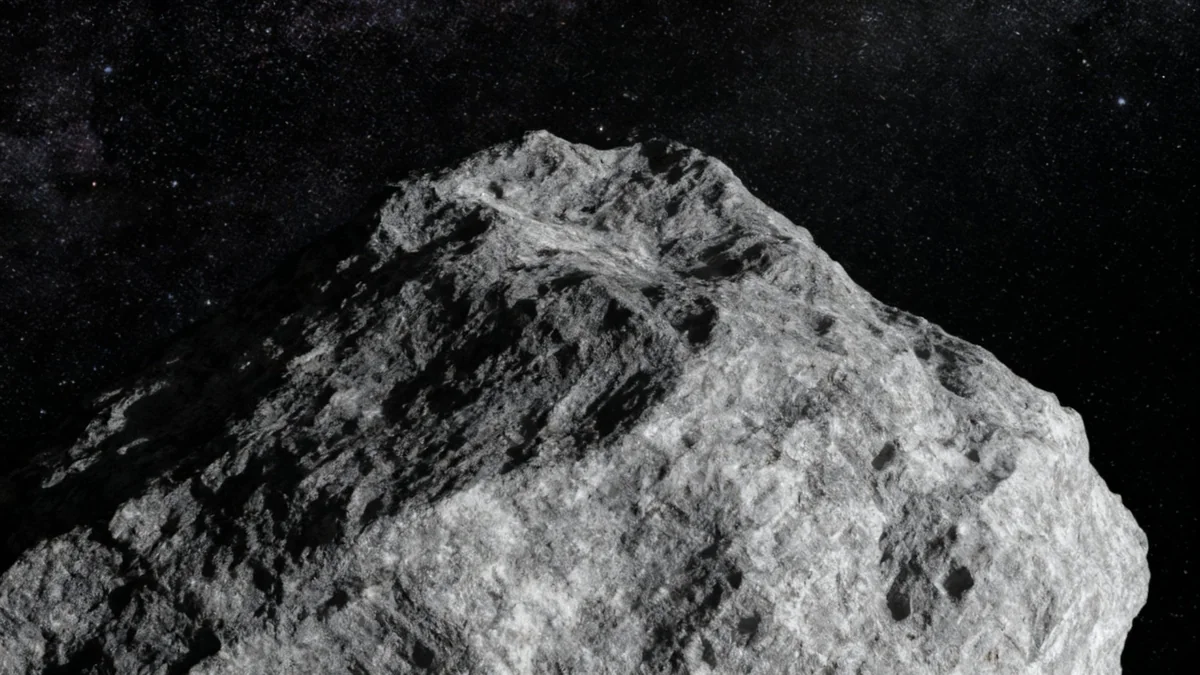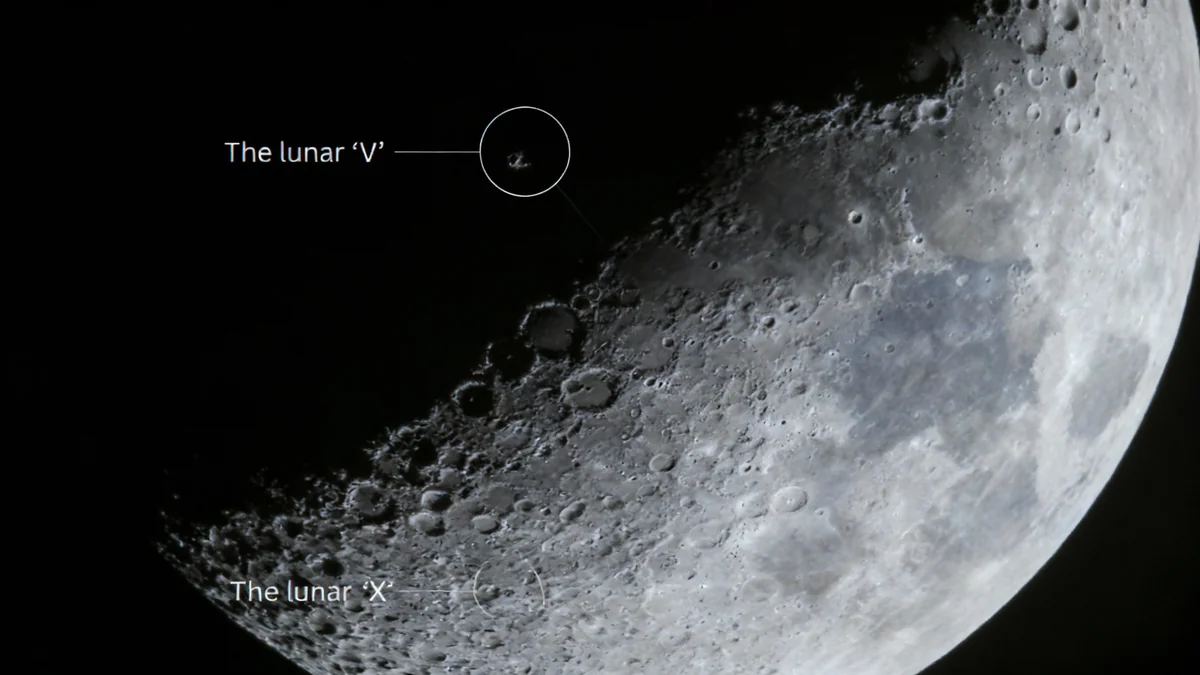Two Russian cosmonauts successfully completed a lengthy spacewalk outside the International Space Station (ISS) on Tuesday, installing a series of advanced scientific experiments and performing critical maintenance on the orbiting laboratory. The mission lasted nearly seven hours and marks another significant step in expanding the research capabilities of the station's Russian segment.
Expedition 73 Commander Sergey Ryzhikov and Flight Engineer Alexey Zubritsky of Roscosmos spent 6 hours and 54 minutes working in the vacuum of space. Their primary focus was the exterior of the Nauka multipurpose laboratory module, where they mounted new hardware designed to test future space technologies and produce advanced materials.
Key Takeaways
- Russian cosmonauts Sergey Ryzhikov and Alexey Zubritsky completed a spacewalk lasting 6 hours and 54 minutes.
- They installed new scientific hardware on the Nauka module, including the Impuls and IPI-500 experiments.
- The team performed maintenance on the Ekran-M experiment, which produces thin materials for semiconductors.
- This was the 277th spacewalk for ISS assembly and maintenance and the third for the current Expedition 73 crew.
A Day of Work in Orbit
The extravehicular activity (EVA) officially began at 10:18 a.m. EDT when Ryzhikov and Zubritsky opened the hatch of the Poisk Mini-Research Module-2. Dressed in their Orlan spacesuits—Ryzhikov's distinguished by red stripes and Zubritsky's by blue—the pair emerged from the airlock to begin their tasks.
To reach their primary worksite on the expansive Nauka module, the cosmonauts utilized the Strela boom, a manually operated telescoping crane. This tool allowed them to efficiently transport themselves and their equipment across the station's exterior, a crucial capability for working on different sections of the massive structure.
This spacewalk was the second for the duo in just two weeks, following up on work started during an outing on October 16. The coordinated efforts highlight a period of intense activity aimed at fully outfitting the Nauka module, which was added to the station in 2021.
Installing Next-Generation Science
The central objective of the mission was the installation of a two-part apparatus to support groundbreaking research. The hardware will host two key studies: the Impuls experiment and the IPI-500 experiment.
What are the New Experiments?
The Impuls study is designed to investigate the potential for jet engines to operate in the vacuum of space, a concept that could influence future propulsion systems. The IPI-500 experiment will analyze the effects that spacecraft exhaust and plasma have on Earth's ionosphere, providing valuable data for atmospheric science.
Ryzhikov and Zubritsky carefully mounted the framework onto Nauka's exterior, ran the necessary connectors, and ensured the platform was secure. This installation paves the way for scientists on the ground to begin collecting data that could shape the future of space travel and our understanding of Earth's upper atmosphere.
Maintenance and Upgrades
Beyond new installations, the cosmonauts also conducted important maintenance on existing equipment. They returned to the Ekran-M, or Molecular Beam Epitaxy experiment, which they had installed during their previous spacewalk. This device is engineered to create ultra-thin crystalline films for use in advanced semiconductors.
Mission controllers had identified a loose gasket inside the device's chamber. Following precise instructions from the ground, the spacewalkers used tweezers to carefully extract the stray component. They then inserted a new material cassette into the Ekran-M, securing it with wire ties when a latch proved difficult. Despite the improvisation, mission control confirmed they were receiving good data from the newly serviced experiment.
Total Spacewalk Time: This was the third spacewalk for Sergey Ryzhikov, bringing his career total to 19 hours and 51 minutes. It was the second for Alexey Zubritsky, who has now logged 13 hours and 3 minutes outside the station.
Final Tasks and a Safe Return
During the spacewalk, the cosmonauts also took the opportunity to perform routine upkeep. Ryzhikov meticulously cleaned one of the windows on the Nauka module after its protective shutters were opened. This simple but essential task ensures high-quality Earth observation and photography can continue from inside the module.
Another key task involved relocating an external control panel for the European Robotic Arm (ERA). This 11-meter-long arm is a crucial tool for servicing the Russian segment of the ISS, and positioning its controls optimally is vital for future operations.
Interestingly, the spacewalk concluded without the customary jettisoning of old equipment. Russian EVAs often end with the crew pushing unneeded items away from the station to burn up in Earth's atmosphere. However, with the scheduled arrival of Japan's HTV-X cargo vehicle the following morning, mission planners decided to avoid creating any potential debris that could pose a risk to the approaching spacecraft.
The spacewalk concluded at 5:12 p.m. EDT as Ryzhikov and Zubritsky re-entered the Poisk airlock and sealed the hatch, bringing their productive day outside the International Space Station to a safe end.





